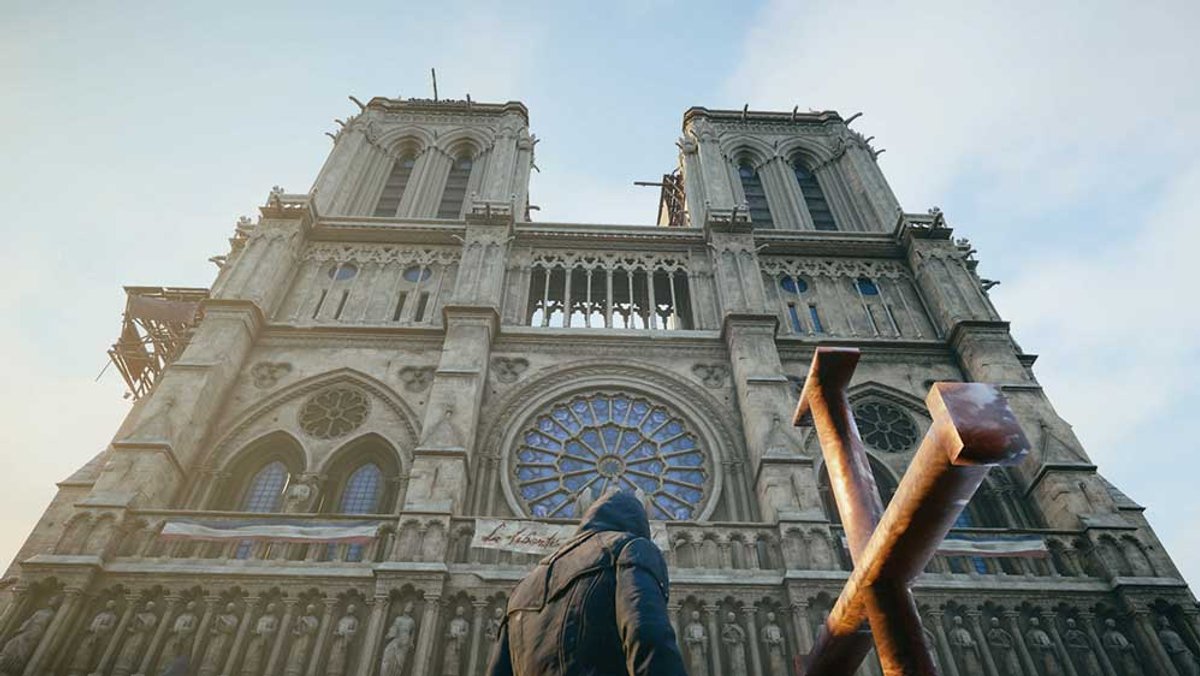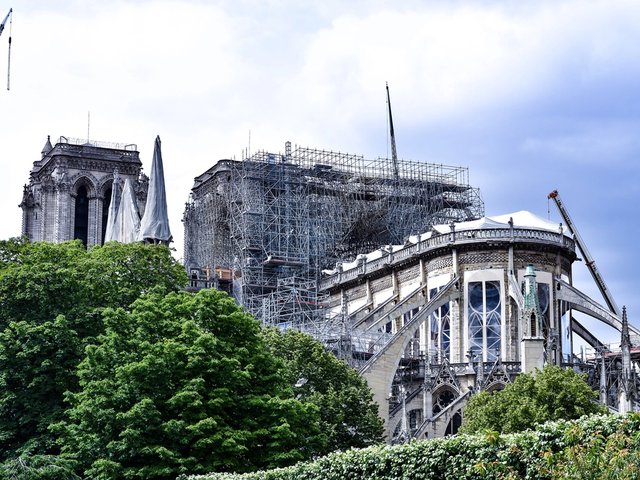In the days that followed the fire at Notre-Dame, an exciting idea started circulating on the internet: what if a video game made five years previously held the key to the restoration?
The 2014 game Assassin’s Creed Unity is set in a realistic recreation of revolutionary Paris and boasts a detailed model of the cathedral. As well as exploring the evocative Gothic interior, your assassin character can clamber up the side and sit poised on the tip of the spire. A rash of blogs, videos and even credible publications such as the NME and the UK newspaper Metro were soon stating as fact that the rebuilders would be using the game as a basis. The virtual world would help save the real.
The problem is it that is not true. As beautiful as the game’s version of Notre-Dame is, it does not provide the level of information needed for the restoration, unlike the highly accurate digital scans that were carried out before the fire. Denis Lachaud, the chief executive officer of Life3D, one of the companies that modelled the cathedral, told Le Monde: “The people behind Assassin's Creed Unity have done an amazing job. But they are graphic designers who work on the basis of photographs and maps. If a statue is two metres taller than in reality, it is not important to them.”
However, the game was not completely useless. Its publisher, Ubisoft, pledged €500,000 to the reconstruction and gave away free copies of the PC version of the game, saying: “We hope, with this small gesture, we can provide everyone an opportunity to appreciate our virtual homage to this monumental piece of architecture.”






